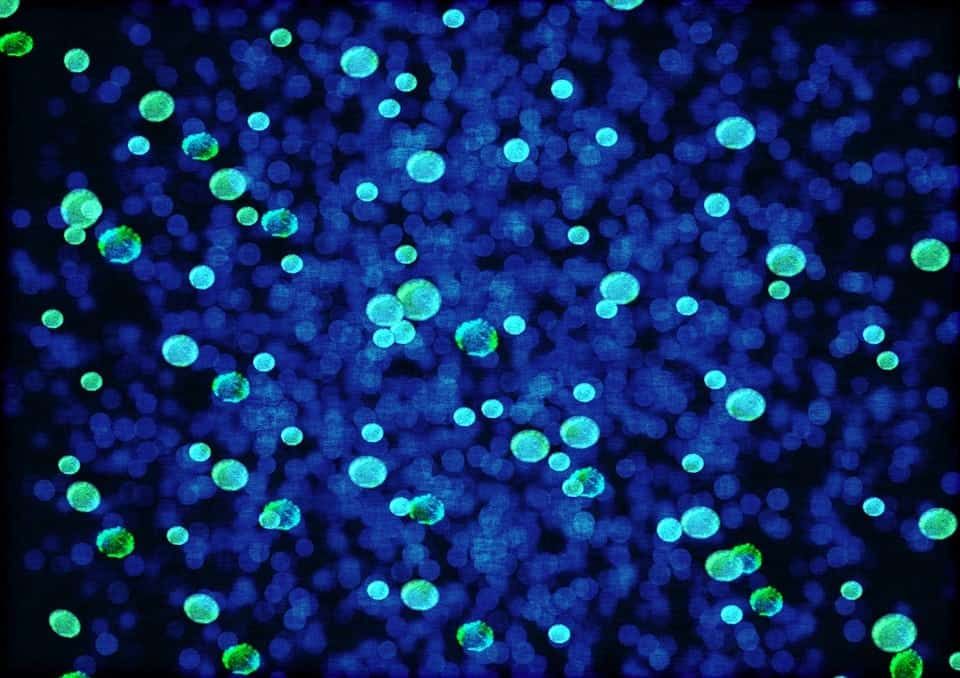
Bacteria spread thousands of miles around the globe through the air, a new study suggested.
It had been thought the bugs hitched a ride on people or animals but the “air bridge” hypothesis could shed light on how harmful bacteria share antibiotic resistance genes.
The findings were based on samples of bacteria that live in hot springs with temperatures of 160F or 71.1C around the world where humans and animals do not venture.
It compared how viruses affected the genetic make-up of the bacteria as they evolve and found these tell-tale signatures in distant unique ecological niches.
Senior author Professor of molecular biology and biochemistry Konstantin Severinov at Rutgers University-New Brunswick in New Jersey said: “Our research suggests that there must be a planet-wide mechanism that ensures the exchange of bacteria between faraway places.
“Because the bacteria we study live in very hot water – about 160 degrees Fahrenheit – in remote places, it is not feasible to imagine that animals, birds or humans transport them.
“They must be transported by air and this movement must be very extensive so bacteria in isolated places share common characteristics.”
Prof Severinov and other researchers collected heat-loving Thermus thermophilus bacteria in hot gravel on Mount Vesuvius and hot springs on Mount Etna in Italy; hot springs in the El Tatio region in northern Chile and southern Chile’s Termas del Flaco region; and hot springs in the Uzon caldera in Kamchatka, Russia.
Samples of gravel were taken five to 100 m from each other and water samples were collected from separate hot springs located within a similar distance.
They then studied the “molecular memories” of bacteria from their encounters with viruses, with the memories stored in bacterial DNA.
Bacteriophages – viruses of bacteria – are the most abundant and ubiquitous forms of life on the planet.
But the viruses have a profound influence on microbial populations, community structure and evolution.
In bacterial cells infected by viruses, molecular memories are stored in special regions of bacterial DNA called CRISPR arrays.
Cells that survive infections pass the memories – small pieces of viral DNA – to their offspring identified by
The order of these memories allowed scientists to follow the history of bacterial interaction with viruses over time.
Initially, it was thought that bacteria of the same species living in hot springs thousands of miles apart – and therefore isolated from each other – would have very different memories of their encounters with viruses.
That’s because the bacteria all should have independent histories of viral infections.
The scientists also thought that bacteria should be evolving very rapidly and become different, much like the famous finches Charles Darwin observed on the Galapagos Islands.
But Prof Severinov said: “What we found, however, is that there were plenty of shared memories – identical pieces of viral DNA stored in the same order in the DNA of bacteria from distant hot springs.
“Our analysis may inform ecological and epidemiological studies of harmful bacteria that globally share antibiotic resistance genes and may also get dispersed by air instead of human travellers.”
He explained: “Among the five sampling sites, a total of more than 7,200 unique spacers belonging to different CRISPR-Cas systems types and subtypes were identified.
“Most of these spacers are not found in CRISPR arrays of sequenced Thermus strains.
“Comparison of spacer sets revealed that samples within the same area (separated by few to hundreds of metres) have similar spacer sets, which appear to be largely stable at least over the course of several years.
“While at further distances (hundreds of kilometres and more) the similarity of spacer sets is decreased, there are still multiple common spacers in Thermus communities from different continents.
“The common spacers can be reconstructed in identical or similar CRISPR arrays, excluding their independent appearance and suggesting an extensive migration of thermophilic bacteria over long distances.
“Several new Thermus phages were isolated in the sampling sites.”
Future research will test their air bridge hypothesis by sampling air at different altitudes and locations around the world and by identifying the bacteria there
For this they would need access to planes, drones or research balloons.
The study was published in the journal Philosophical Transactions of the Royal Society B.